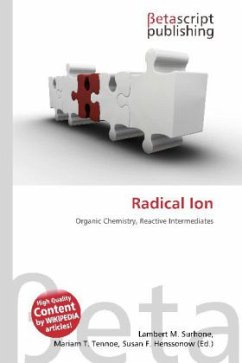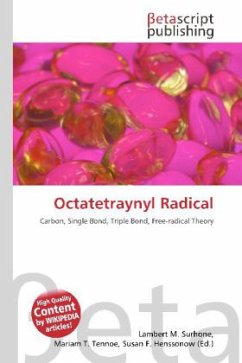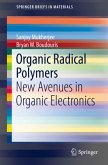Please note that the content of this book primarily consists of articles available from Wikipedia or other free sources online. A radical ion is a free radical species that carries a charge. Radical ions are encountered in organic chemistry as reactive intermediates and in mass spectrometry as gas phase ions. Positive radical ions are called radical cations whereas negative radical ions are called radical anions. In organic chemistry, a radical ion is typically indicated by a superscript dot followed by the sign of the charge: M^{bullet +} and M^{bullet -}. In mass spectrometry, the sign is written first, followed by the superscripted dot: M^{+bullet} and M^{-bullet}. Many aromatic compounds can undergo one-electron reduction by alkali metals. For example the reaction of naphthalene with sodium in an aprotic solvent yields the naphthalene radical anion - sodium ion salt. In a ESR spectrum this compound shows up as a quintet of quintets (25 lines). In the presence of a proton source the radical anion is protonated and effectively hydrogenated like in the Birch reduction.
Bitte wählen Sie Ihr Anliegen aus.
Rechnungen
Retourenschein anfordern
Bestellstatus
Storno








